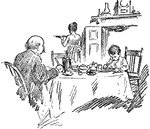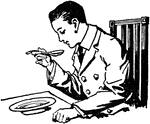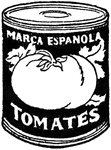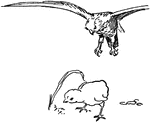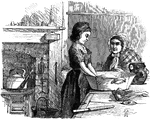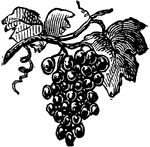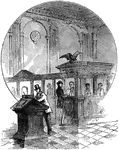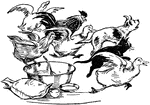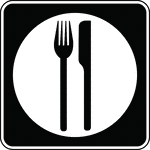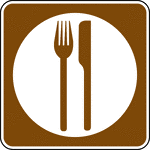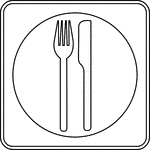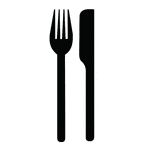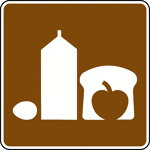Tower of Santa Maria in Cosmedin
"Tower of the Early Christian Basilica of S. Maria in Cosmedin at Rome." Santa Maria in Cosmedin (or…
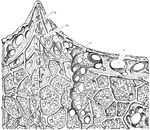
Upper Section of Sponge
An illustration of the upper portion of a sponge: p, Pore; s, Subdermal cavity; c1, chief fiver of the…

Lower Section of Sponge
An illustration of the lower portion of a sponge. O, OS, and M are illustrations of sponge eggs magnified…

Bank Draft
"A bank draft is an order written by one bank directing another bank to pay a specified sum of money…

Personal Check
"A check is an order on a bank by a depositor for the payment of money; except that it is drawn by a…
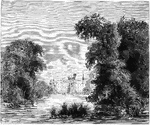
Castle Eisgrub
Eisgrub, now Lednice, a village in the Czech Republic. It contains a palace and the largest park in…
City of Nicopolis
Nicopolis, also known as Nikopol is a town in northern Bulgaria, part of Pleven Province, on the right…
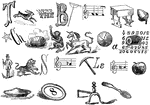
Food Rebus
"There were on the breakfast table only a cornstarch pudding, a puny corn-ball, a muffin, some dandelions,…
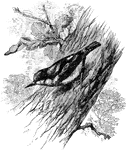
Nuthatch
"The colours in Sitta caesia, (Nuthatch) which ranges over nearly all the Palaearctic and Indian Regions,…
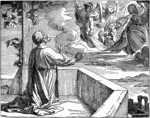
Peter's Vision on the Housetop
"On the morrow, as they went on their journey, and drew nigh unto the city, Peter went up upon the housetop…
Timothy Grass
Timothy is commonly grown for cattle feed and, in particular, as hay for horses. It is relatively high…

Timothy Grass
Timothy (Phleum pratense), or Herd's Grass is commonly grown for cattle feed and, in particular, as…
Barley
Barley is a cereal grain derived from the annual grass Hordeum vulgare, a common barley. It serves as…

Barley
Barley is a cereal grain derived from the annual grass Hordeum vulgare, a common barley. It serves as…
Timothy Grass
Timothy Grass is commonly grown for cattle feed and, in particular, as hay for horses. It is relatively…
Timothy Grass
Timothy Grass is commonly grown for cattle feed and, in particular, as hay for horses. It is relatively…
Timothy Grass
Timothy Grass is commonly grown for cattle feed and, in particular, as hay for horses. It is relatively…

Elijah fed by Angels
"And the ravens brought him bread and flesh in the morning, and bread and flesh in the evening; and…
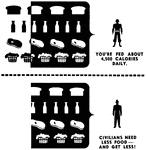
Military Meals Compared to Civilian
An illustration of military meals compared to that of civilian meals.

Dicellocephalus Minnesotenis a Trilobite
Trilobites ("three-lobes") are extinct marine arthropods that form the class Trilobita. Why the trilobites…
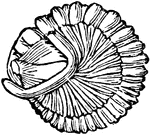
Dicellocephalus Minnesotenis a Trilobite
Trilobites ("three-lobes") are extinct marine arthropods that form the class Trilobita. Why the trilobites…
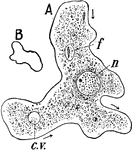
Amoeba
Amoung the simplest one-celled animals living in the ooze at the bottom of nearly every freshwater stream…

Amoeba
Difflugia one of several genera of amoebozoa that produce shells or tests from granules of sand. These…

Paramecia
Paramecia (Slipper Animalcule), also known as Lady Slippers, due to their appearance, are a group of…
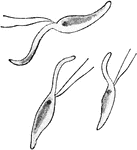
Volvox
Under certain circumstances some cells may store up food matters beome eggs, while others, known as…
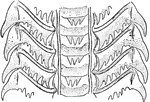
Snail
Many mollusks live upon seaweeds, and the greater number of terrestrial forms are fond of garden vegetables.…
Honey Bees
Bees are flying insects closely related to wasps and ants. Honey bees (or honeybees) are a subset of…
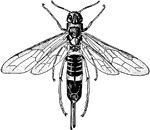
Pigeon Horntail
An insect known as the pigeon horntail (Tremex columba) deposits its eggs, by means of a strong, piercing…

Sense of Taste
The sense of taste enables us to test in some degree the chemical constitution of substances we take…

Cow Eating Hay in Barn
An illustration of a young cow eating hay out of a trough and a dog peeking around the corner.
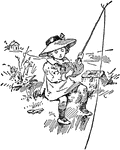
Girl Fishing on a Riverbank
An illustration of a young girl wearing a wide brim straw hat and sitting on a river bank while fishing…

Tower of London
Her Majesty's Royal Palace and Fortress, more commonly known as the Tower of London (and historically…

Boy Sitting in Highchair & Eating
An illustration of a young boy sitting in a highchair and eating out of a bowl with a spoon.
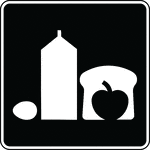
Grocery Store, Black and White
This sign is used to indicate that a grocery store is located nearby.
